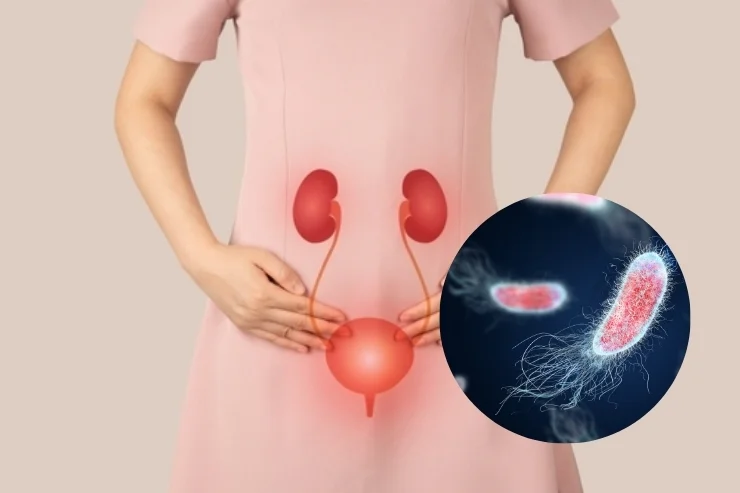Urinary Tract Infections

Urinary tract infections (UTIs) are infections that affect any part of the urinary system, including the kidneys, ureters, bladder, and urethra. They are most commonly caused by bacteria, and while they can affect anyone, they are more prevalent in women.
Causes of UTIs
- Bacterial Infection: The majority of UTIs are caused by Escherichia coli (E. coli), which normally live in the intestines.
- Sexual Activity: Increased sexual activity can introduce bacteria into the urinary tract.
- Anatomy: Women have a shorter urethra, making it easier for bacteria to reach the bladder.
- Urinary Retention: Not fully emptying the bladder can allow bacteria to grow.
- Catheter Use: Long-term catheterization increases the risk of bacterial introduction into the urinary tract.
Symptoms
- Burning Sensation: Pain or discomfort during urination (dysuria).
- Frequent Urination: An increased urge to urinate, often producing small amounts.
- Cloudy or Bloody Urine: Urine may appear cloudy, dark, or contain blood (hematuria).
- Strong Odor: Urine may have a strong or foul smell.
- Pelvic Pain: Discomfort in the lower abdomen or pelvic region, especially in women.
Complications
- Recurrent Infections: Some individuals experience repeated UTIs.
- Kidney Infection: Untreated UTIs can lead to pyelonephritis, a more severe kidney infection.
- Sepsis: In rare cases, the infection can spread to the bloodstream, leading to a life-threatening condition.
Diagnosis
Diagnosis typically involves a urine sample to test for the presence of bacteria, pus, or blood. Additional tests such as urine culture may help identify the specific bacteria and determine antibiotic sensitivity.
Treatment Options
- Antibiotics: The primary treatment for UTIs; the specific antibiotic will depend on the type of bacteria causing the infection.
- Pain Relief: Over-the-counter pain medications or specific treatments to alleviate burning and discomfort.
- Hydration: Drinking plenty of water can help flush out bacteria from the urinary tract.
Prevention
- Proper Hygiene: Wiping from front to back after using the toilet helps prevent bacteria from entering the urinary tract.
- Frequent Urination: Avoiding prolonged retention of urine can help reduce risk.
- Post-Sexual Activity Care: Urinating after sexual intercourse can help eliminate bacteria.
- Cranberry Products: Some studies suggest cranberry juice or supplements may help prevent UTIs, though results are mixed.
Conclusion
Urinary tract infections are common but treatable conditions that require attention to minimize complications. Early diagnosis and management are key to effective treatment and prevention.
